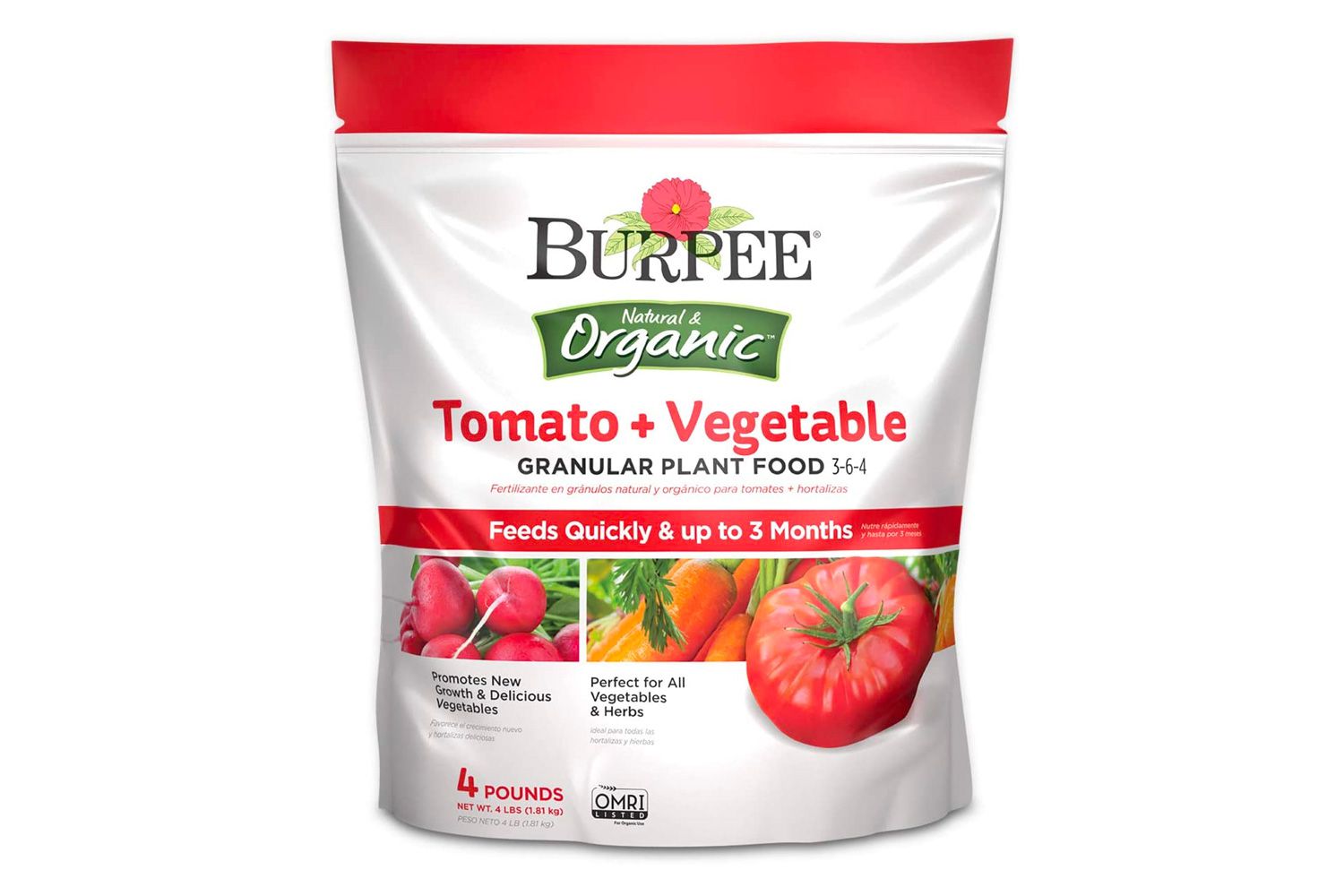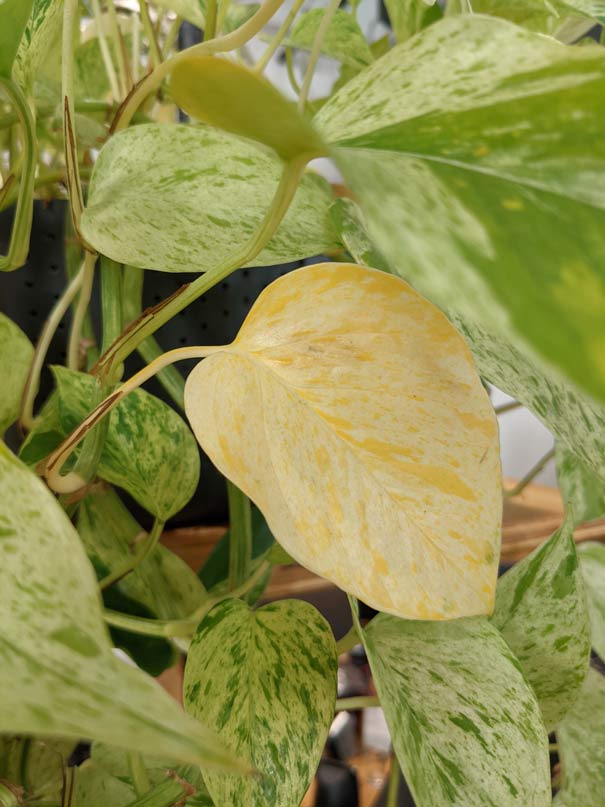How to improve indoor plant humidity naturally?
Indoor plants not only add a touch of green to your living space but also help purify the air. However, maintaining the right level of humidity can be a challenge, especially during dry seasons or in air-conditioned rooms. Here are some natural ways to improve indoor plant humidity and ensure your plants thrive:
1. Grouping plants together
Plants release moisture through their leaves in a process called transpiration. By grouping plants together, you can create a mini greenhouse effect that increases humidity levels around the plants. This is especially effective for plants that require higher humidity levels, such as ferns and orchids.
2. Using a humidity tray
A humidity tray is a simple and effective way to increase moisture levels around your plants. Fill a tray with pebbles or stones and add water until it reaches just below the surface of the stones. Place your plant pot on top of the tray, making sure the water does not touch the bottom of the pot. As the water evaporates, it will create a humid environment around the plant.
3. Misting the leaves
Misting your plant’s leaves with water can help increase humidity levels, especially for plants that require higher moisture levels. Use a spray bottle to mist the leaves regularly, but avoid misting too often as it can lead to fungal growth.
4. Using a humidifier
A humidifier is a great investment for maintaining optimal humidity levels in your home. Place the humidifier near your plants or in the same room to help keep the air moist. Remember to clean the humidifier regularly to prevent the growth of mold and bacteria.
5. Avoiding drafts
Drafts can quickly dry out your plants and reduce humidity levels. Ensure that your plants are not placed near air vents, windows, or doors where drafts are common. If necessary, use a draft stopper to prevent cold air from entering the room.
6. Using a pebble tray
A pebble tray works similarly to a humidity tray but uses pebbles or stones to hold water instead. Fill a shallow tray with pebbles and water, making sure the water level stays below the top of the pebbles. Place your plant pot on top of the pebbles to create a humid microclimate around the plant.
7. Grouping plants with similar humidity needs
Plants with similar humidity requirements can benefit from being grouped together. This allows you to create a humid environment that suits the needs of all the plants in the group. Research the humidity preferences of your plants and group them accordingly to ensure they thrive.
8. Using a plant room humidifier
A plant room humidifier is a specialized humidifier designed to meet the specific needs of indoor plants. These humidifiers often come with adjustable settings to control humidity levels and ensure your plants receive the right amount of moisture. Consider investing in a plant room humidifier if you have a large collection of indoor plants.
9. Creating a humidity tent
For plants that require extremely high humidity levels, consider creating a humidity tent. Place a clear plastic bag or a glass dome over the plant to trap moisture and create a humid environment. Make sure to remove the tent occasionally to prevent mold growth and allow for air circulation.
10. Monitoring humidity levels
Invest in a humidity meter to monitor the humidity levels in your home. This will help you keep track of changes in humidity and adjust your plant care routine accordingly. Most plants thrive in humidity levels between 50% and 60%, so aim to maintain these levels for optimal plant growth.
Conclusion
Improving indoor plant humidity naturally is not as challenging as it may seem. With a few simple strategies and some creative solutions, you can create the perfect environment for your plants to thrive. Experiment with different methods and find the ones that work best for your plants. Remember to keep an eye on humidity levels and make adjustments as needed to ensure your plants remain healthy and happy.



